In today's rapidly advancing technological landscape, electronic components play a pivotal role across various industries. Whether used in consumer electronics, industrial equipment, or medical devices, the quality and reliability of electronic components are paramount. To ensure that electronic components meet the required standards, various testing methods are employed. This article delves into several commonly used electronic component testing methods: External Visual Inspection, X-Ray Inspection, Functional Testing, and Decapsulation Test.
Take an example of CSD17578Q3A
External visual inspection refers to the examination of the sample’s surface, silk screening/screen printing, packaging, and dimensions to determine if they comply with the specifications outlined in the specification document. It also verifies the oxidation and coplanarity of the pins.
Images of External Visual Inspection:
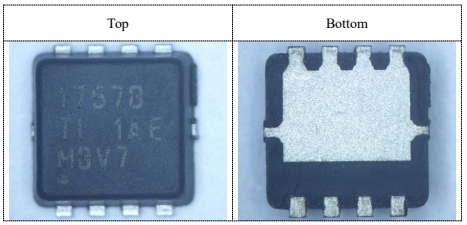
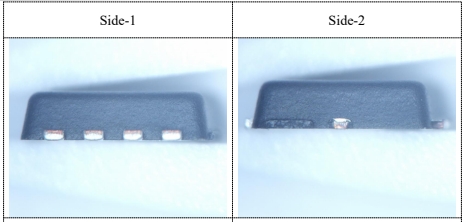
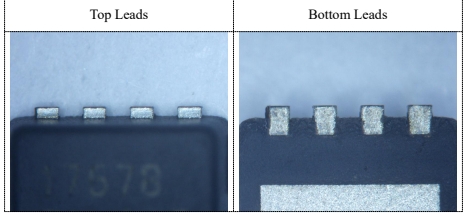
X-ray inspection is a fast and effective non-destructive method used to analyze internal defects in samples. It utilizes high voltage impinging on a target to generate X-ray penetration to inspect electronic components, the internal structure of semiconductor packaging products, and the soldering quality of various types of SMT solder joints.
X-ray inspection primarily inspects the internal wafers, bonding wires, substrates, adhesives, and encapsulating materials of the chip. It can also detect various abnormal phenomena such as wafer cracks, voids in adhesives, die attach fillet, wire bonding radian, foreign objects in encapsulating materials, tilting and soldering of internal components in modules, ESD damage, etc. Customers can provide original samples or good chips for inspecting the consistency of the internal chip.
Images of X-Ray Inspection:
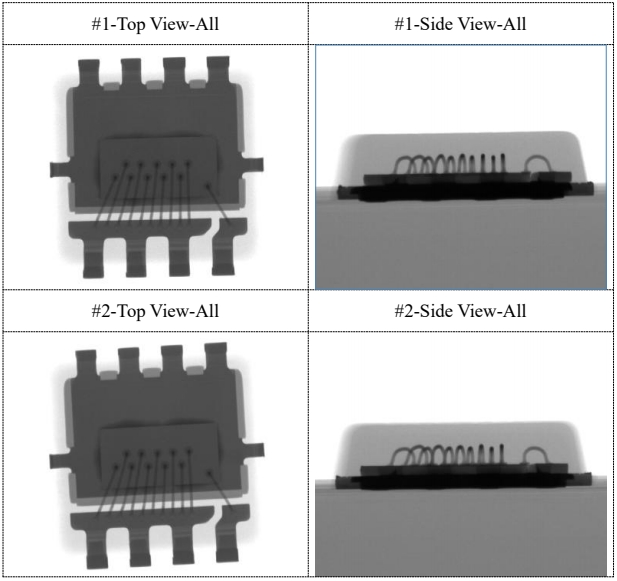
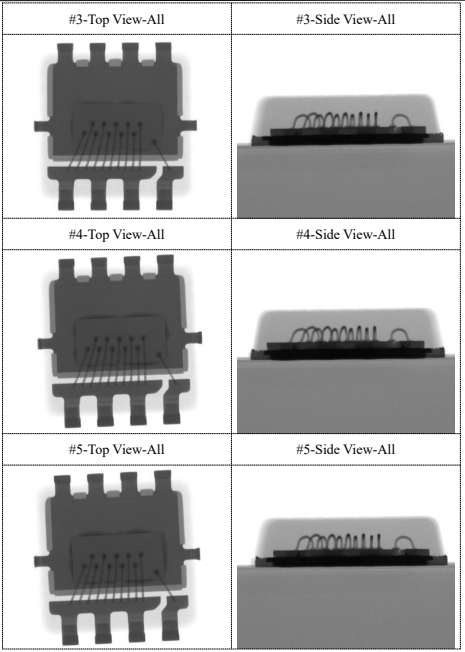
Functional testing refers to conducting various necessary logic or signal status tests on a device under specific operating conditions (i.e., the normal use of the device environment, typically at room temperature) while it is functioning properly. This test is based on the original factory specifications as well as industry standards or regulations. Feasible test vectors or specialized test circuits are designed to apply corresponding signal source inputs to the test samples. By the adjustment and control of the peripheral circuits, signal amplification or conversion matching and other specific conditions, the logic relationship of the signals and the changing waveform of the output are analyzed to measure the functional characteristics of the device.
Images of Functional Testing:
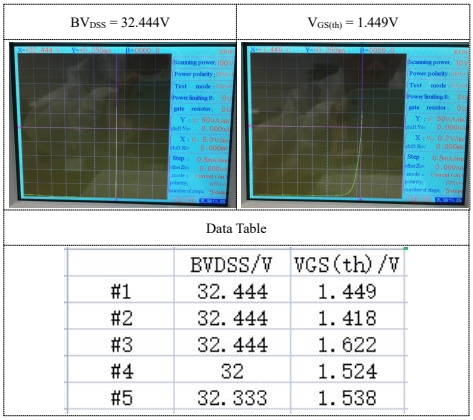
Chip open cap, also known as open cap or open cap, refers to the process of localized corrosion on a fully packaged IC, allowing the IC to be exposed while maintaining the integrity of the chip's functionality and preventing damage to the die, bond pads, bond wires, and even the lead frame. It prepares for the next step of chip failure analysis and facilitates observation or other testing (such as FIB and EMMI), and ensures normal functionality after opening the cap.
Service scope:
Chip unsealing, epoxy resin removal, IGBT silicone removal, sample thinning
Images of Decapsulation Test:
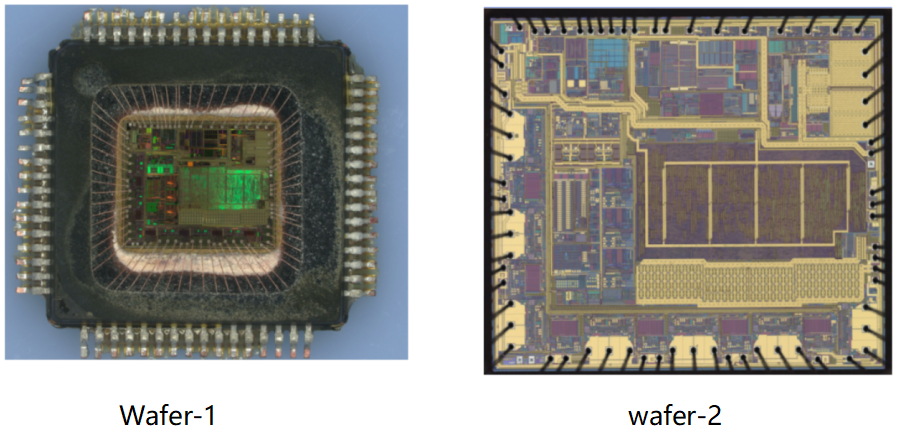
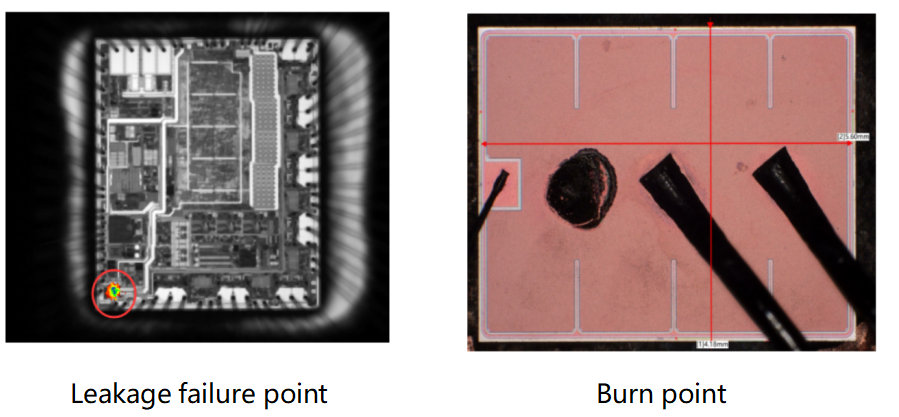
In summary, electronic component testing is a crucial step in ensuring product quality and reliability. Visual inspection, X-Ray inspection, functional testing, and decapsulation testing are among the commonly used testing methods. By employing these methods in conjunction, electronic component manufacturers and quality assurance professionals can ensure that components meet the required standards, providing reliable support for various industries' development.
If you are purchasing obsolete, hard-to-find electronic components and need a professional test report (with CMA, CNAS, ERAI certification), please feel free to contact PERCEPTIVE and we will expedite processing for you.



























